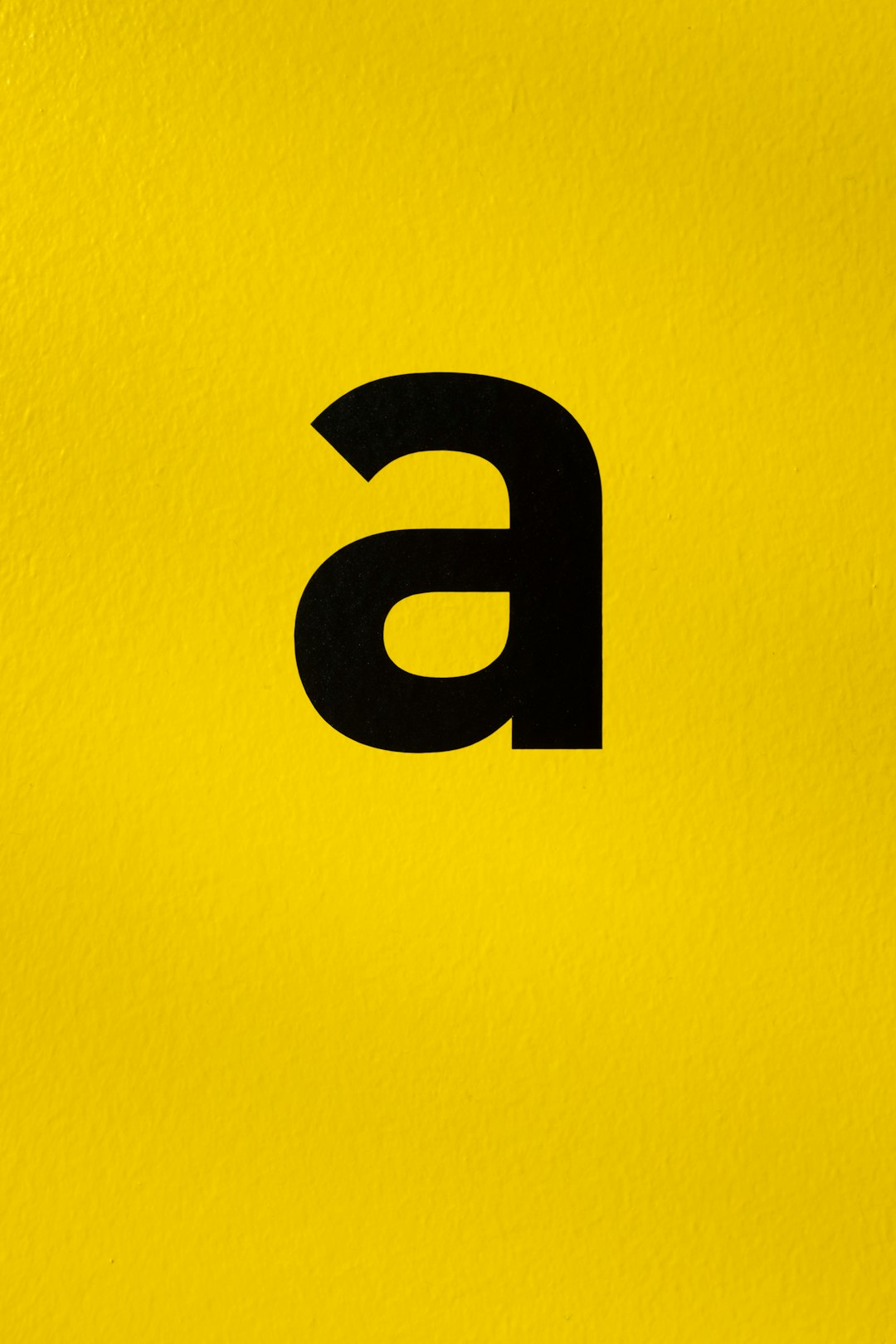
When websites rely on edge delivery networks to improve performance and user experience, it’s crucial that intermediate systems like Akamai handle HTTP headers appropriately—especially when dealing with compression mechanisms such as gzip. Misconfigurations or oversights, even in seemingly minor elements like HTTP headers, can result in content not being delivered or rendered correctly for end users.
TL;DR: Akamai served gzipped content without properly setting the Vary: Accept-Encoding header, leading to decompression issues for clients that did not support gzip. This caused broken web assets and page rendering issues. The problem was resolved by updating the edge configuration to explicitly add the correct Vary header. This article explores the technical root cause, symptoms, and resolution in detail.
The issue: Unexpected decompression failures
A common optimization technique implemented by Content Delivery Networks (CDNs) like Akamai is to serve compressed (gzipped) assets to reduce bandwidth and improve load times. However, for this to work properly, content negotiation must be respected between the client and server via HTTP headers.
In this particular case, Akamai was delivering compressed files regardless of whether the client requested them using the Accept-Encoding: gzip header. This occurred because the edge configuration did not include the appropriate Vary: Accept-Encoding header in the response. As a result, clients that did not support gzip—such as legacy browsers, crawlers, or certain APIs—would receive content that they could not interpret or decompress, leading to errors or broken pages.

Symptoms reported by users
Users and developers began noticing issues such as:
- Blank pages or partially rendered content
- Invalid characters in JavaScript or CSS files
- Uncaught decoding errors in browsers and dev tools
- API clients returning gibberish or error messages
These issues were traced back to incorrectly served assets that were actually gzipped, although the response headers suggested otherwise—or didn’t indicate compression in a way that helped intermediaries and clients handle them correctly.
Understanding the Vary header
The HTTP Vary header informs caches and intermediaries about how they should store and serve cached content. When a server sends the response header Vary: Accept-Encoding, it tells caching layers (including Akamai Edge Servers and browser caches) that they must differentiate their stored content based on the client’s encoding preferences.
If this header is missing, a cache system might store and serve gzip’d content to all clients—even those that cannot handle it. Hence, the importance of the Vary header goes beyond just semantics—it is essential for maintaining content integrity across diverse client types and network paths.
Why wasn’t the Vary header added?
Akamai configurations often rely on flexible and multi-layered settings known as Property Manager behaviors. In some configurations, gzip compression is enabled system-wide, but unless the property explicitly adds the Vary header as part of its response headers behavior, the final response might omit it.
This is especially problematic when edge servers are configured to serve pre-compressed assets from cache, but are unaware of the encoding preferences of the original requesting client.
Root cause analysis
Technical investigation revealed that the issue stemmed from a mismatch between Akamai’s edge optimizations and the response headers. Although Akamai’s edge nodes were correctly compressing the assets, the configuration lacked a behavior to:
- Insert the header
Vary: Accept-Encoding - Ensure compression took place only when clients expressed support for it
Instead, once the compressed content was cached, Akamai served the same version—gzip—regardless of the client’s capabilities.
Implementing the fix with Edge Configuration
The fix involved a two-step change in the Akamai Property Manager Configuration:
- Add ‘Gzip Compression’ behavior and enable it for suitable content types.
- Insert the ‘Modify Outgoing Response Header’ behavior to explicitly insert or preserve
Vary: Accept-Encoding.
These changes ensured that Akamai would correctly negotiate compression based on each request’s headers while instructing caches to consider content encoding in their keying logic.
After pushing the updated configuration and verifying propagation across edge nodes, developers confirmed that decompression and rendering issues had ceased across all affected clients.

Additional safeguards
Teams also introduced several monitoring strategies to prevent similar issues in the future:
- Automated header checks via CI/CD pipelines for major assets
- Integration tests simulating requests from both gzip and non-gzip capable clients
- Alerting mechanisms when decompression errors are logged in browser sessions or backend logs
Lessons learned
This incident underscores how critical HTTP headers are in determining user experience and client compatibility. However efficient a delivery network may be, misalignments in protocol usage or header expectations can break content for users—especially when varying levels of client support exist.
Key takeaways:
- Always include appropriate Vary headers when enabling compression at the edge.
- Maintain visibility into how caching is performed at every layer between origin and client.
- Use automated validation and header inspection during release cycles.
Conclusion
Correctly managing how content is served to different clients is essential when leveraging compression through a CDN like Akamai. This case highlights the nuanced but impactful role of the Vary: Accept-Encoding header in ensuring compatibility and performance. Thanks to the quick identification and resolution via an edge configuration change, future deployments can maintain reliability and avoid similar pitfalls.
FAQ
- Q: What is the Vary: Accept-Encoding header and why is it important?
A: This header tells caching systems to store different versions of a resource based on whether clients accept gzipped or uncompressed content. Without it, compressed content might be served to incompatible clients. - Q: How did Akamai serve gzip content without this header?
A: The edge configuration allowed compression and caching, but did not tell the cache to differentiate based on encoding requests, leading to gzip content being served universally. - Q: What specific changes were made to fix the issue?
A: Engineers added a configuration behavior to explicitly includeVary: Accept-Encodingand ensured gzip was only applied based on client request headers. - Q: Can this issue happen on other CDNs?
A: Yes, similar problems can occur on other CDNs like Cloudflare or Fastly if compression is enabled without careful control of caching headers. - Q: How can developers test for similar issues?
A: Use curl to simulate requests with and withoutAccept-Encoding, inspect response headers, and validate that gzipped content is only served when requested.






